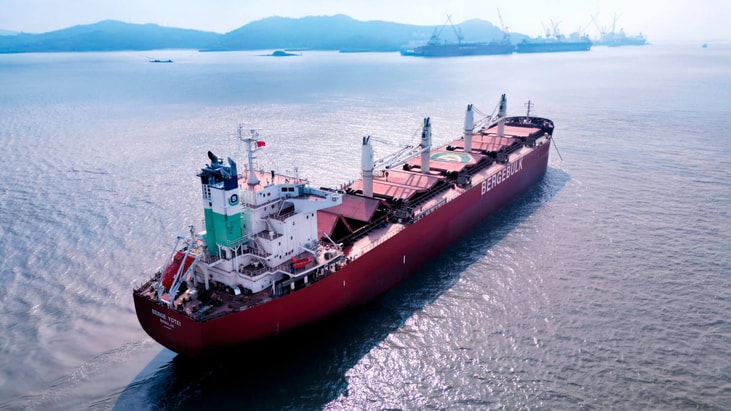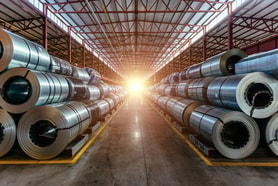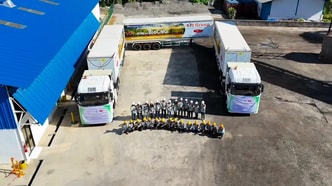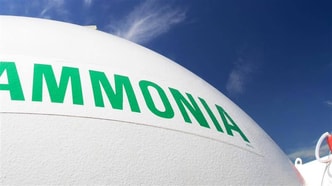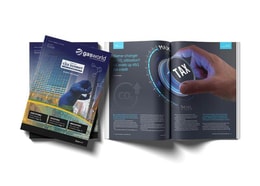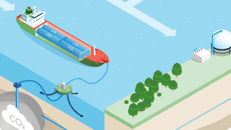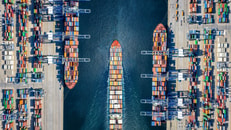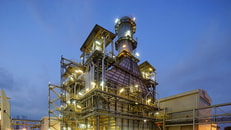Shipowner Berge Bulk completes onboard CCS installation
Independent dry bulk shipowner Berge Bulk has completed the installation of a carbon capture system on board its Ultramax vessel, Berge Yotei.
The system, developed by Value Maritime, integrates carbon capture into an exhaust gas cleaning process known as the Filtree System. Unlike conventional scrubbers, it removes both sulphur oxides and CO2 from a vessel’s exhaust.
It is designed to capture up to 15 tonnes of carbon dioxide per day, delivering a potential 30% reduction in emissions during operations.
CO2 is absorbed into a reusable amine solution, which can be offloaded in port for regeneration or reuse.
... to continue reading you must be subscribed

